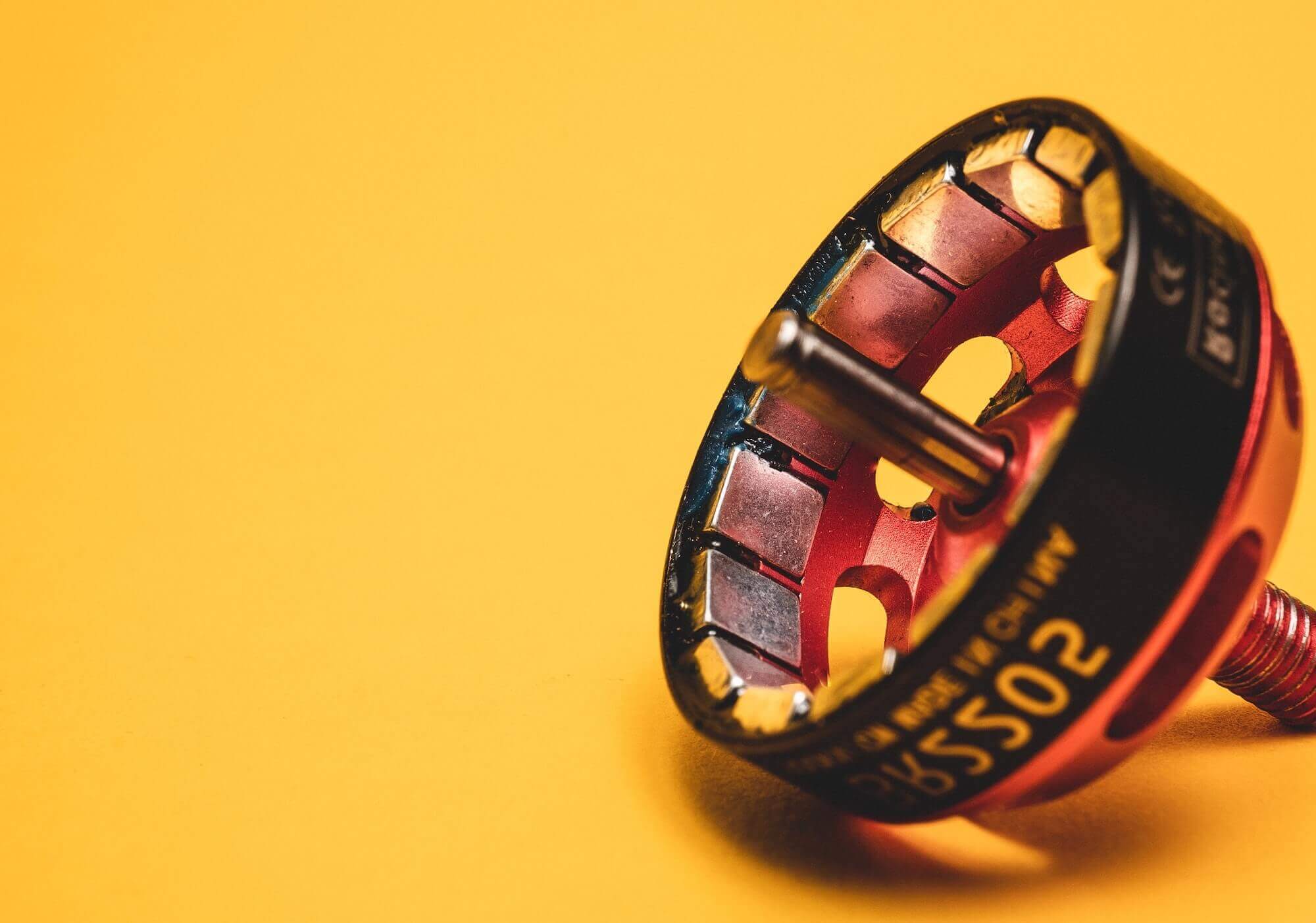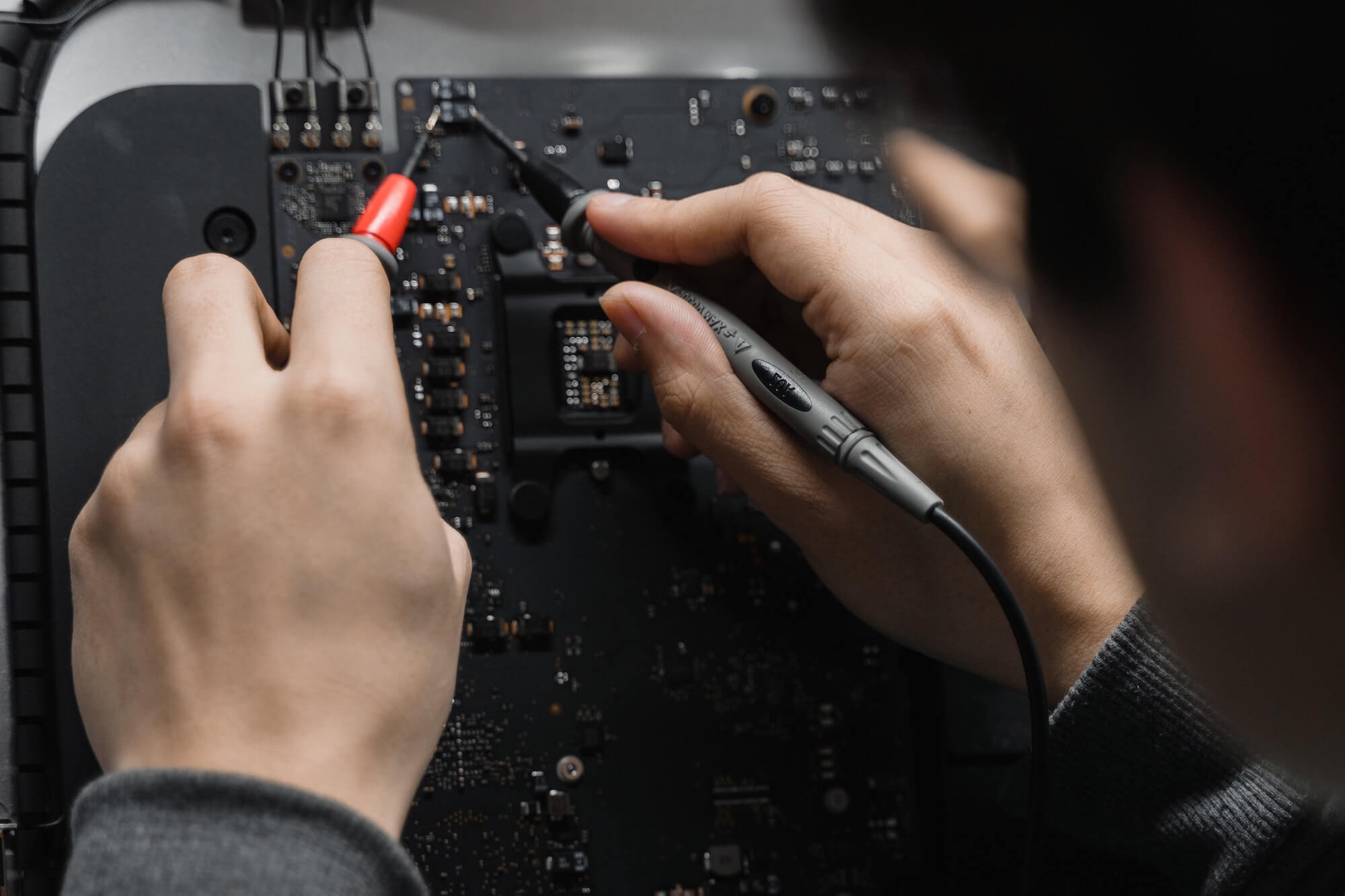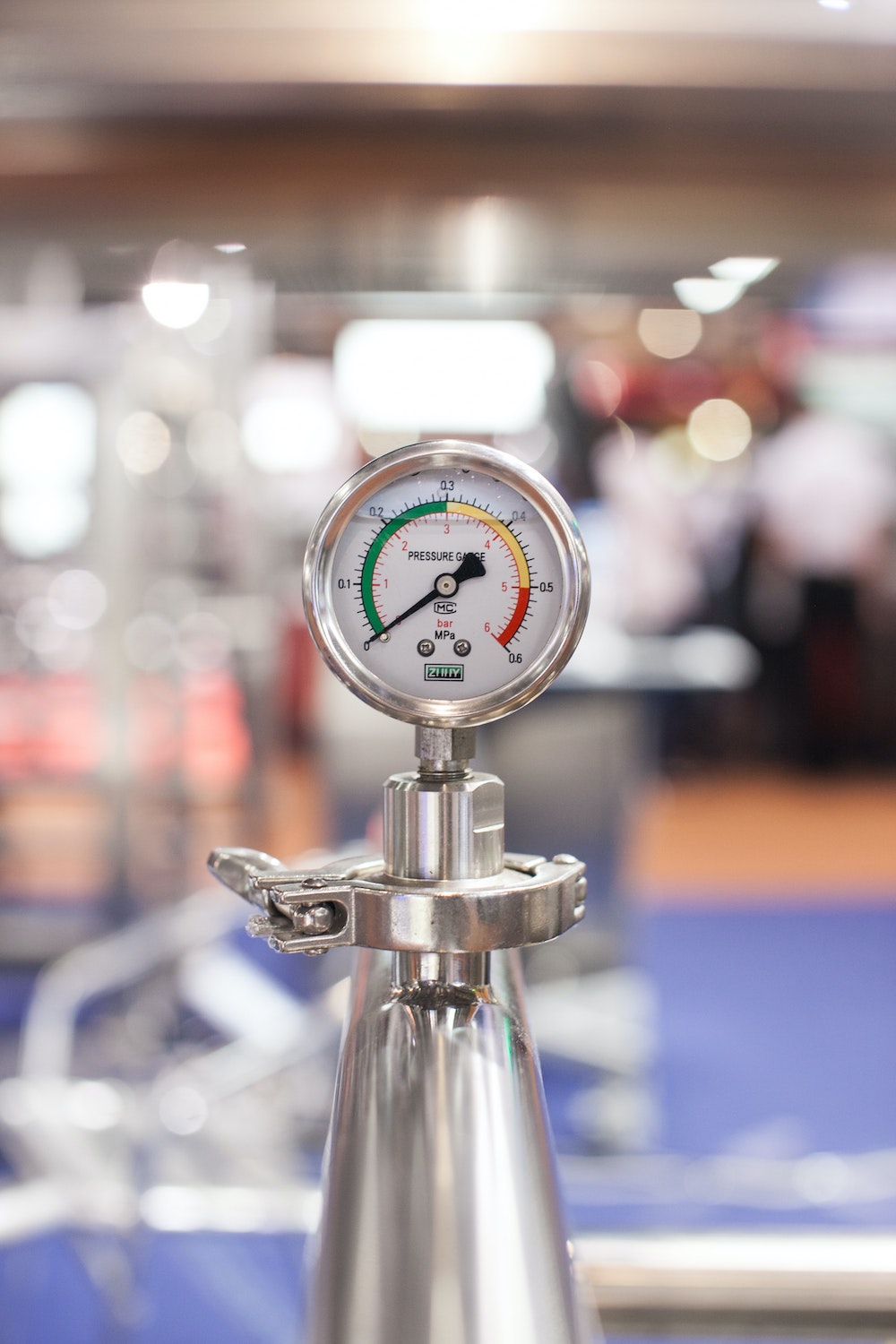Online custom metal photo etching service, for startups & enterprises.
Prototyping & production sheet metal photo chemical machining & marking, using 250+ metals.
Contact sales engineerOur sheet metal photochemical etching capabilities
Our sheet metal photochemical etching capabilities vary depending on the sheet metal being used, but in general, parts made using our service will have a dimensional accuracy of ±0.13mm, a minimum feature size of 1x1mm, and a maximum dimension of 3000x1500mm. In addition to this, we also accept custom materials for those who have application-specific needs, and our minimum lead time for sheet metal photochemical etched parts is 10 days.
Our photo chemical etching capabilities
Min lead time
10 days
Dimensional accuracy
±0.13mm
Cutting kerf
0.18mm
Material thickness
0.03 - 0.76mm
Max part size
384 x 384 x 0.76mm
Min part size
6.2 x 6.2 x 0.03mm
Min feature size
1x material thickness (min 1mm)
Part quantity
1 - 10,000
Shipping within USA
Free
Guaranteed tolerances
Sheet metal fabrication service
What is sheet metal photochemical etching?
Photo etching is a chemical process that removes material from a substrate, and the chemical used is generally an acid (such as ferric chloride or hydrofluoric acid). To selectively remove material from a substrate, a mask is required that protects areas of material that are needed while unprotected areas are etched by a chemical solution.
The first step to photoetching is the application of a layer of photosensitive material on top of a substrate. A mask of the design is then placed on top of the photosensitive layer, and light (typically UV), is shone onto the mask to expose areas not covered by the mask. Once properly exposed, the mask is removed, and the photosensitive layer is developed to remove areas that were not exposed to UV light.
The substrate is then bathed in a chemical etchant, which attacks areas uncovered by the mask. Once fully etched, the remaining material then has the photosensitive layer removed using a strong base (such as sodium hydroxide).
Sheet metal photochemical etching materials
We offer a range of different sheet metals for use with our photochemical etching services, and these metals include brass, copper, and steel. Brass is excellent for applications that require low-mechanical friction (such as gears and actuators), while also being ideal for applications requiring self-cleaning hygienic surfaces.
Photochemical etched copper is ideal for use in the electronics industry thanks to its high thermal and electrical conductivity. As such, copper is ideal for manufacturing high-current bus bars, heatsinks, and solder contacts.
Steel is a material that has uses in most application fields, including medical systems, IoT, IIoT, industrial machinery, and commercial devices. One ideal application for photochemical etched steel is in custom EMI shields that are commonly found in RF electronics.
Software powered sheet metal photochemical etching
The photochemical etching process is extremely complex, requiring masks, various chemical stages, exposure, and extreme levels of cleanliness. This complexity often means that manufacturers who offer photochemical etching processes cannot provide real-time quotes for parts, resulting in long delays between design file submission and resulting price estimates.
Our cloud manufacturing software solves these challenges by providing you with instant quotations that can be paid for on the spot. Our software also allows you to upload designs, select different materials, and adjust features such as additional services and engraving needs, all of which adjust the price of the part in real time. This means that there is no need to submit design files and wait several days for a sales manager to decide an arbitrary price for your part.
The use of cloud manufacturing software also helps to accelerate the manufacturing time by automatically producing all additional manufacturing files needed on our side; you only have to submit a single design file of your part and our software-driven service will handle the rest.
By coupling our front-end file upload and instant price quotation with our back-end manufacturing sites, parts can be manufactured and delivered same-day for customers in the Oakland Bay Area, and delivered next-day for those in the rest of the US mainland.
How much does sheet metal photochemical etching cost?
Unlike other manufacturing processes, the cost of photochemical etching is not dependent on the number of parts being made, or the size of those parts. Instead, the cost of photochemical etched parts depends on how many sheets a customer requires, and the sheet material being used.
The reason for this is that photochemical etched sheets, masks, and coatings all come in standard sizes, and the machinery used to photochemical etch parts can only handle specific sheet sizes. For example, photo lamination machines that apply a layer of dry-film resist will have a specific width (typical sizes range from 300mm to 1200mm), meaning that feeding through a small piece of material would waste large amounts of resist. The same also applies to photoplotters that produce masks, and etching tanks which hold onto large sheets.
As customers purchase photochemical etched parts by the sheet, it is up to the customer on how many parts they want to fit on that sheet. For example, if a single PCM copper sheet is purchased, the price of that sheet is the same regardless of if one part is made, or 50 identical parts, so long as those 50 parts can all fit on the sheet.
Quality, high-speed precision manufacturing
When it comes to sheet metal photochemical etching, precision and quality are fundamental to its success. But at the same time, manufacturing services need to be economical, meaning that parts must also be produced as fast as possible.
Our years of experience in photochemical etching has allowed us to find the perfect balance between precision, speed, and cost so that parts can be made to tight tolerances on scale, no matter when they are ordered. This balance is reflected in the numerous industries that we service, including automotive, industrial, aerospace, and medical spaces.
Our ability to provide precision parts same-day to customers in the Oakland Bay Area, and next-day in the mainland US is why precision-engineering companies continue to use our photochemical etching fabrication services. Parts that can be relied upon, ordered at scale, and short lead times is what define Ponoko manufacturing.
What parts can be made with sheet metal photochemical etching?
One excellent use of sheet metal photochemical etching is manufacturing EMI shields used to protect circuits from external RF noise, as well as protecting external circuits from potential interference. These are commonly found on Wi-Fi modules, radio transceivers, and power supplies where large switching currents can emit excessive levels of electromagnetic interference. Photochemical etching is ideal for making EMI shields as the basic 3D shape of EMI shields can be exploded onto a single 2D sheet of metal with bends, and the extreme thinness of EMI shields makes using laser cutting and plasma cutting somewhat overkill.
Miniature mechanical parts commonly found in devices such as hard drives, watches, and cameras can also take advantage of photochemical etching. This is especially true for PCM brass which has a low surface friction, making it ideal for use where parts need to be able to move. Some electronic sensors can also take advantage of photochemical etching such as moisture detection, strain sensors, and proximity sensors where thin metals with unique patterns are required.
Transformer laminations are another part that often use photochemical etching. As transformer laminations are extremely thin and small, making these parts using standard laser cutting introduces challenges such as burring and warping.
While transformer cores can be manufactured from a singular piece of ferromagnetic material, using individual lamination wafers stacked together provides a significant performance boost. The reason for this boost comes down to the inability of strong eddy currents to form in thin laminations, and therefore less energy is wasted through heat.
Photochemical etching can create perfect cutouts that have no burring, making them easy to stack.
Artistic engravings can take advantage of photo etched materials by either fully etching material to create gaps in the final product, or just partly etching the material to create a shallow engraving. Artistic etchings can also take advantage of bit patterns to try and create shading to give the appearance of a full grayscale image.
Gaskets and seals can also take advantage of photochemical etching for the same reasons that make photochemical etching ideal for transformer laminations. The smooth edge finish of photochemical etched parts allows for gaskets and seals to have excellent contact with surfaces, which is ideal for holding vacuums and high-pressure gasses.

Laminations in motors and transformers
Iron cores used in motors and transformers are critical in generating a strong magnetic field, but using a solid core introduces Eddy currents. These small internal looped currents form as a result of changes in magnetic flux, and they reduce the overall efficiency as these currents encounter the natural electrical resistance of the iron core, thus generating heat. One method around this is to use laminated iron cores which involves taking an iron core, and splitting it up into many thin laminations that are electrically isolated from each other. By doing this, the size of the eddy currents are reduced, and this reduces electrical losses. As these laminations need to be thin and precise, sheet metal photochemical etching is by far the best choice for their manufacture.

EMI and RF shields
In almost all markets around the world, consumer electronics products need to conform to strict legal requirements that limit the amount of electrical and radio noise that they can emit. Circuits that don’t have switching elements (such as push buttons), rarely suffer from such issues, but those that use switching amplifiers, microcontrollers, or RF transmitters will almost always emit something. In cases where controlling stray emissions is too difficult to do in-circuit, engineers can opt to shield noisy components in a Faraday cage. These cages, which are usually made from solid metal, can be easily manufactured using photochemical etching processes, and the high level of precision offered enables 2D shapes to be folded into 3D shapes with little to no gaps on corners.

Gaskets and seals
Applications that involve liquefied gasses at low temperatures or hard vacuums will at some point require valves and joins, and typical gaskets and seals found in consumer-grade equipment will not be suitable for such applications. For example, rubber gaskets can become brittle at cold temperatures, while vacuums can cause outgassing. Instead, thin sheets of precision-cut metal (such as copper) can provide a better seal due to their ability to be deformed under pressure while simultaneously having high tensile strength, even when exposed to extreme cold. The extreme precision and thin nature of such gaskets makes photochemical etching the ideal choice, and the lack of mechanical forces on parts during manufacture means that they experience minimal warping.
A service you can trust, from concept to deployment
Our 10 years of experience in manufacturing and photochemical etching processes is why we are trusted by our 33,000 customers. With over 2 million parts manufactured, our precision part record of 99.7% ensures that parts ordered today will be indistinguishable from parts ordered in a months, year, or even decades time, providing you with a manufacturing service that you can rely on.
To further demonstrate the confidence we have in our manufacturing capabilities, all parts come with a 365-day guarantee regardless of the order quantity. This guarantee protects your parts against all kinds of unknowns that can manifest after parts are put into service.
But it’s not just precision and quality that are important; confidentiality in design files is also critical, especially for prototypes which may have pending IP protections. Our strict security policies protect your intellectual property, ensuring that your designs are safe and secure.
Sheet metal fabrication FAQ
What metals can be photoetched?
Can photoetching cut through metal?
What challenges does photoetching face?
What structures can be photoetched?
What advantage does photoetching have over other production methods
How thick can photoetched parts be?
What industries are photoetched parts found?
Need something else? Check out our other manufacturing services
Photochemical etching is great for high-precision miniature work, but for those needing parts made from thick steel sheets, 3D plastic enclosures with complex internal structures, or fully assembled PCBs, we offer a wide range of different manufacturing services, including laser cutting, laser engraving, CNC milling, 3D printing, and PCB assembly.
Order custom PCM parts from your laptop, delivered in 10 days.
From 1 to 10,000.